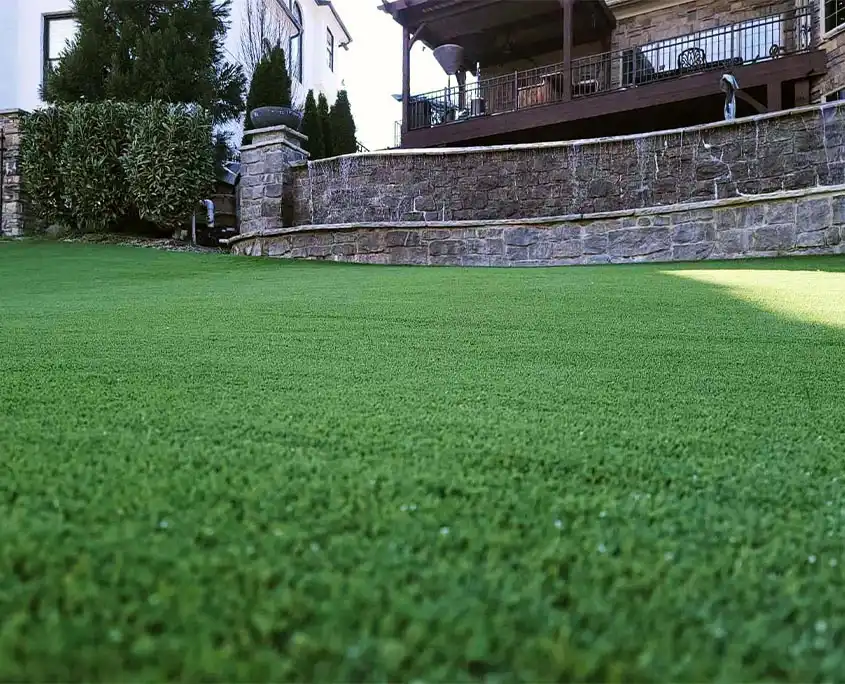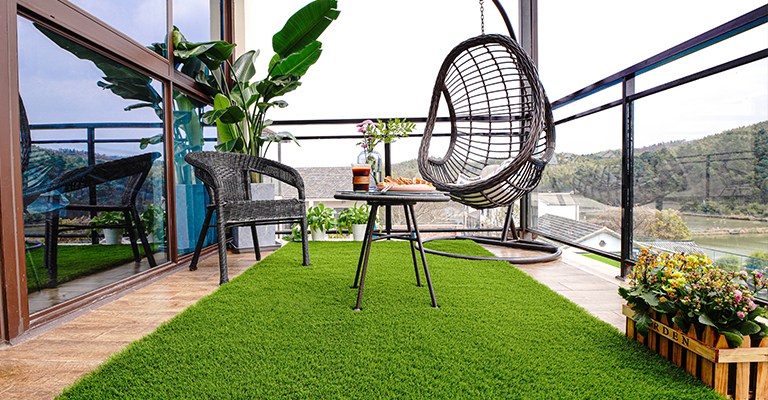Enhance Your Outdoor Space with Arizona Artificial Turf for a Vibrant Green Look
Enhance Your Outdoor Space with Arizona Artificial Turf for a Vibrant Green Look
Blog Article
Explore the Environmental Perks of Opting for Artificial Lawn Solutions
The adoption of synthetic grass services presents an engaging opportunity to address pushing environmental difficulties. By considerably minimizing water usage and reducing the application of dangerous chemicals, these choices not only advertise sustainable landscaping yet likewise safeguard neighborhood communities. Moreover, the reduced carbon impact connected with decreased upkeep tasks adds to an extra sustainable method to land management. The implications of these advantages expand past mere conservation efforts, elevating inquiries regarding their long-term influence on habitat preservation and general eco-friendly balance. Checking out these dimensions discloses a complicated interaction worth thinking about.
Water Preservation Benefits
One of the most substantial advantages of fabricated turf is its capability to conserve water. In contrast, synthetic grass does not require watering, dramatically minimizing the general demand for water sources.
By getting rid of the need for regular watering, synthetic lawn adds to lasting landscape practices and assists minimize the ecological impact of excessive water intake. The conservation of water expands to the reduction of overflow, which can lead to soil disintegration and waterway air pollution.
Furthermore, the installment of synthetic grass permits municipalities and home owners to allocate water resources much more effectively, concentrating on necessary uses such as alcohol consumption water and farming. The change in the direction of synthetic grass not only advertises accountable water usage but also lines up with broader environmental objectives focused on protecting all-natural resources.
As areas increasingly prioritize sustainability, the water conservation advantages of synthetic grass present a compelling instance for its adoption in business and residential landscape design projects.
Decreased Chemical Use
The transition to synthetic grass significantly decreases the dependence on chemical treatments commonly made use of in all-natural turf upkeep. Traditional turf administration commonly involves the application of herbicides, fertilizers, and pesticides to promote growth and control parasites. These chemicals can position dangers to human health, neighborhood wildlife, and the environment, adding to soil and water contamination.
In contrast, synthetic turf eliminates the need for these harmful substances. By lessening the launch of synthetic compounds right into the ecological community, synthetic lawn advertises healthier dirt and water systems.
In addition, the absence of chemical runoff connected with synthetic grass installments aids secure regional rivers from contamination, supporting marine life and keeping biodiversity. Arizona artificial turf. As areas progressively prioritize sustainable practices, going with synthetic grass offers a viable option that aligns with environmental conservation objectives. Via this change, homeowner can appreciate rich eco-friendly areas without compromising environmental health and wellness, leading the way for a much more lasting future
Reduced Carbon Impact

Furthermore, the setup of synthetic grass can result in significant water conservation. Natural yards require significant amounts of water for irrigation, which not just includes in the carbon impact related to water removal and treatment however also stress local water resources. On the other hand, synthetic grass needs very little maintenance, calling for no watering, thereby considerably minimizing water usage and its connected energy costs.
Furthermore, the long life of synthetic grass adds to its lower carbon influence. With a lifespan of up to 15 years or more, the need for frequent substitutes is lessened, leading to less waste and lower power intake in manufacturing and taking care of standard yard alternatives. In general, artificial lawn offers a sustainable choice for eco aware landscape design.
Environment Conservation
Environment conservation is an essential consideration in the debate over landscape design options, especially when contrasting fabricated turf to natural yard. All-natural yard yards typically need substantial maintenance, consisting of making use of herbicides, chemicals, and plant foods, which can adversely impact local ecological communities. These chemicals can seep right into the dirt and rivers, harming indigenous plants and animals and interfering with local environments.
In comparison, synthetic grass provides a chance to reduce the eco-friendly footprint of landscape design. By selecting artificial lawn, property owners can lessen the disturbance of natural environments connected with standard yard treatment techniques. Fabricated turf eliminates the need for unsafe chemicals, reference thus protecting nearby wildlife and preserving the honesty of bordering ecological communities. Furthermore, the setup of artificial turf can lead to the conversion of former lawn areas right into even more biodiverse landscapes, such as pollinator gardens or native plant areas, which can sustain local wild animals.
Eventually, the shift to synthetic grass not just preserves water and lowers upkeep efforts but likewise promotes a more unified partnership in between human tasks and the native environment, promoting environment conservation at the same time.
Long-Term Sustainability
Long-term sustainability is an important consider evaluating the benefits of synthetic turf over traditional yard yards. One of one of the most considerable benefits of synthetic grass is its longevity; it can last up to 15-20 years with minimal upkeep, whereas natural yard needs frequent read the article reseeding and replacement. This longevity lowers the requirement for consistent resources, such as water, fertilizers, and chemicals, which are essential for preserving a healthy and balanced grass lawn.
Furthermore, artificial turf adds to a reduction in carbon discharges connected with lawn care tools. Typical grass frequently need gas-powered lawn mowers, leaners, and blowers, all of which add to air contamination. Arizona turf. In comparison, synthetic grass gets rid of the need for such devices, promoting a cleaner setting
Additionally, the production of man-made grass significantly makes use of recycled materials, improving its sustainability profile. As producers take on eco-friendly techniques, the environmental impact of artificial turf remains to reduce.

Final Thought
The fostering of artificial lawn options offers considerable ecological advantages, including substantial water conservation, lowered dependence on harmful chemicals, and a lower carbon impact. Fabricated turf help in protecting all-natural habitats Learn More by minimizing land disturbance and promoting long-term sustainability through the use of resilient materials. Jointly, these factors highlight the possibility of artificial lawn to contribute positively to ecological wellness and offer a sensible alternative to standard landscape design techniques in an increasingly resource-conscious globe.
In comparison, synthetic turf does not require watering, substantially reducing the overall demand for water sources. By decreasing the launch of synthetic compounds into the environment, fabricated grass advertises much healthier soil and water systems.
Additionally, the setup of man-made grass can result in significant water preservation. In comparison, fabricated lawn requires minimal maintenance, requiring no watering, therefore considerably minimizing water use and its associated power prices.

Report this page